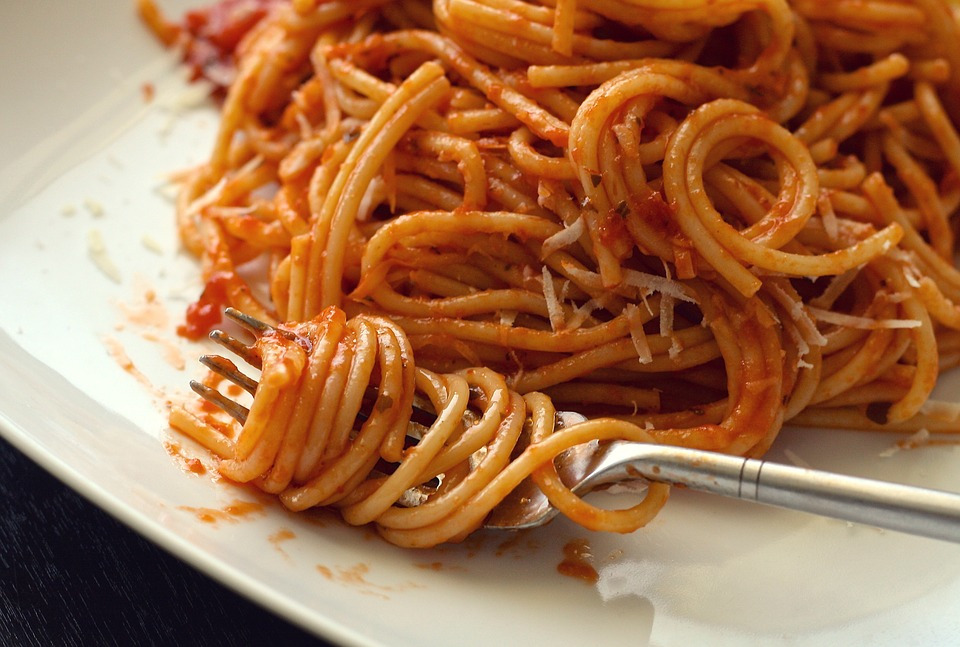In the past in Italy, nobles often dealt with cooking, writing texts that offer information on the culinary art of their times, sometimes highly accurate recipe books, but also views of the society in which they lived. One of them is Ippolito Cavalcanti, duke of Buonvicino and descendant of Guido Cavalcanti, a famous poet and friend of Dante Alighieri. Ippolito’s book, the
Theoretical-practical cuisine, has a long subtitle that tells it all: “combined with places, including an approximate evaluation of the expense, describing the cuts of meat and how to serve lunches and dinners. Four weeks for each season of true home cooking, in the Neapolitan dialect”. Let's find out who Cavalcanti was and why his theoretical-practical cuisine is considered by many to be the "Bible" of Neapolitan cuisine.
The authorIppolito Cavalcanti was born in Afragola, near Naples, in 1787, and died in Naples on March 5, 1859. He was the “culinary consultant” of the Bourbon Royal House, kings of the Kingdom of the Two Sicilies, in the times when Italy was not one nation but divided in many states. From his father Guido he inherited the title of
Duke, which the family obtained from the King in 1720: they were Barons since the 14th century. Ippolito, beside the royal cuisine, was in charge of other offices, being one of the Elected of Naples, who formed a sort of noble senate that participated in the government of the capital of the Kingdom of the Two Sicilies. He owned a magnificent noble palace in Via Toledo in Naples. The Duke was also very interested in religion and religious calendars. In fact, in addition to the splendid gastronomic treatise that we’re dealing with here, he also wrote two small books where he described in detail the calendar of catholic rites and the behaviours related to them. Hence, the duke kept himself perfectly up to date with the calendar of functions that were being prepared in Neapolitan churches: there was no celebration of a patron saint that could escape him! On these occasions, he was generous with advice for the preparation of the food that was to be served for the lunches or dinners that concluded the celebrations. Almost all the recipes that he sent to the parish priests can be found in his famous treatise, the “Theoretical-practical cuisine”, which remains a cornerstone of Italian gastronomic literature. You can find its Italian version, in our
library.
The workThe theoretical-practical cuisine is a compendium of the traditional Neapolitan culinary arts, that contains also some French-inspired recipes. In Europe, during the nineteenth century, French cuisine was considered the most refined in the world and was therefore the protagonist of the tables of the aristocracy. The book was published for the first time in 1837. Later, it was expanded and republished: between 1837 and 1877 Ippolito sent
ten editions of the treaty to print.
Although the text was thought for the aristocracy, the numerous recipes that were popular among common people, and the language that he used (the Neapolitan dialect), made the book popular among a wide range of readers. It was above all the fifth edition, published in 1847, containing
600 authentic recipes of Neapolitan cuisine and
100 menus (25 for each season), which made the author's fame all over Italy. In his treatise, written with a simple and immediate style, Cavalcanti also points out practical issues such as the cost of the dishes, suggesting a “best use” for
everything that the four seasons offer: meats, fish, game, fruit, wines and desserts. Nothing is ever defined as a “leftover” and everything can be put back into play: a good rule that even starred chefs are putting into practice today.
This is where we find for the first time, in written form, the recipe for “vermicelli in tomato sauce”! Spaghetti had been popular in Italy for several centuries already, yet the tomato sauce had appeared only a few decades before Cavalcanti’s recipe book. It is said that it was invented in 1762 by Abbot Lazzaro Spallanzani, passionate about natural sciences, who was the first to discover that by placing boiled tomatoes in hermetically sealed containers, they could be preserved for a long time. It is impossible to establish with certainty who was the first to have the idea of dressing a plate of spaghetti with tomato sauce. However, it is certain that this happened in Italy, giving life to a dish that made the history of gastronomy, not only in Italy but in the world!

With his work, Ippolito Cavalcanti was able to portray a significant part of the Neapolitan cuisine of the nineteenth century which still today forms an important part of contemporary Italian cuisine.
Less known than the other major Italian gastronome of the 19th century, Pellegrino Artusi, Duke Cavalcanti, is considered to be the inventor of ragù. He codified some traditional recipes, giving it that standard form with which they later became famous in Italy and internationally such as
parmigiana with eggplant, vermicelli with clams and tomato, fried cod or pasta and beans, among others.
